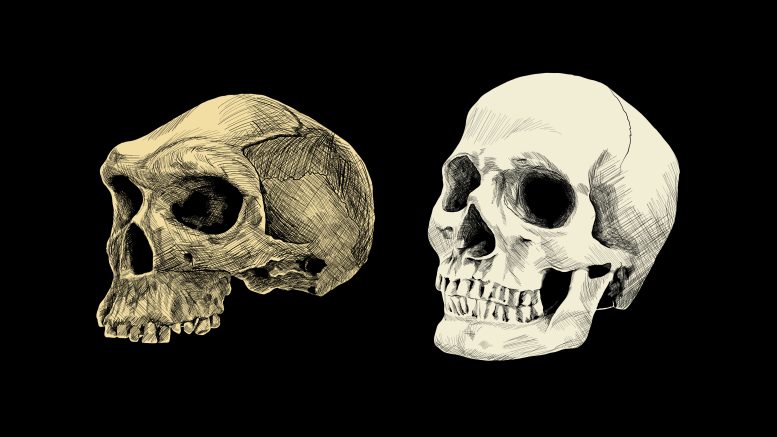With a focus on skeletal remains, U of M associate professor in anthropology Julia Gamble offers a unique perspective on how early life experiences can shape later life outcomes.
Gamble’s research centers around bioarchaeology, a field that examines human remains within an archaeological context. By studying skeletons and teeth from past populations, she seeks to understand how past health conditions evolved.
Teeth offer valuable insights into early life stress episodes, which can disrupt growth and leave a lasting mark on dental development, Gamble explained.
“[Teeth] grow like trees in a sense that they form incrementally,” she said, adding that there are daily and weekly markers that record disruptions caused by various stress factors.
By examining these disruptions and combining them with other skeletal growth indicators and age at death, Gamble can develop an indicator for overall health and shed light on the connections between early and late life experiences.
For her research, Gamble primarily works in Europe, including Denmark and Austria, where repositories of skeletal remains provide a wealth of data. These repositories house tens of thousands of well-preserved individuals, offering a rich source for her investigations.
Additionally, Gamble takes an interdisciplinary approach, collaborating with experts in proteomics (the study of proteins), isotopes and ancient DNA.
She collects high-resolution dental impressions, which she later analyzes under a microscope to identify surface indicators of stress. Additionally, she studies the skeletal remains themselves to gather more information about the individuals’ health and life experiences.
Despite the wealth of information that can be extracted from skeletal remains, Gamble acknowledges that this work is not without its challenges. Preservation issues are common, and even teeth can wear down over time, erasing valuable information.
“There are limits to what skeleton can tell us,” she said, adding that information from skeletal remains does not reflect the full state of well-being of these individuals.
Gamble pointed out that identifying sex in archaeological work, including her own, is often oversimplified to a binary of male and female.
“There’s obviously a lot more nuance there that we’re not catching,” she said.
When examining stress levels and the impact on survivorship or age at death, Gamble found that a contrast between males and females emerges.
Females who experience early-life stress, evident through their teeth, either survive longer or are not affected in their survivorship. In contrast, males facing similar stress tend to have shorter lifespans. This sex-based discrepancy also extends to children.
A development in this regard is the use of proteomic techniques for sex estimation from dental enamel, particularly for children. This method has emerged in recent years, offering a less destructive and more cost-effective alternative to DNA-based approaches, which are highly influenced by poor preservation conditions.
One aspect of Gamble’s work involves collecting teeth for pathogen DNA analysis. She has been part of a project looking for evidence of the Black Death’s pathogen, Yersinia pestis, in the teeth of Danes from the 12th to 18th century.
Furthermore, DNA analysis plays a pivotal role in Gamble’s work, particularly in researching the historical Black Death epidemic in Denmark. Collaborating with colleagues and researchers at institutions such as McMaster University, the team has identified immune markers that signify a profound selective event associated with the Black Death.
Gamble explained that these markers still impact populations in terms of specific chronic diseases today, despite the Black Death’s occurrence dating back to the 14th century. This enduring influence on modern health adds another layer to the study of ancient populations and their health outcomes.
Ultimately, Gamble’s research offers a unique perspective on the connection between early life experiences and later life health outcomes. It has the potential to inform the developmental origins of health and disease, a critical concept in modern health research.
While studying modern populations can be challenging due to the long timescales involved, Gamble’s research allows for a cross-sectional approach, studying different phases of an individual’s life through well-preserved skeletal remains.
“We can do it by looking at single people and elements of their skeleton that capture different phases of their lives,” she said.
This method essentially crafts a longitudinal study with a large sample size.
“That has the potential to really inform our understanding of that connection between early life and later life,” Gamble said.
“There’s more work that’s starting to be done that might open further doors there.”


